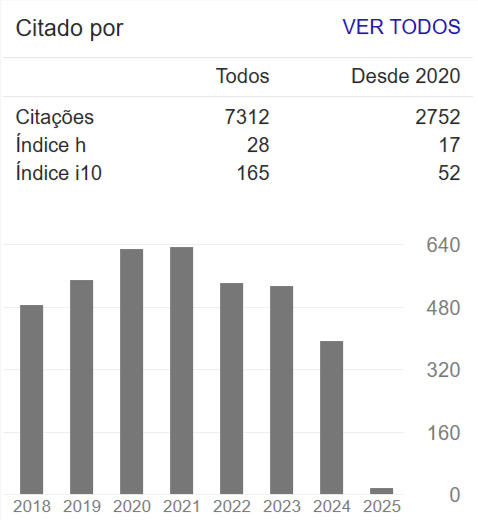Comparison of the inverse modeling approach and traditional methods to estimate the unsaturated hydraulic properties in a sandy loam soil
Resumen
The aim of this work is to compare the use of the inverse solution approach in the estimation of soil hydraulic properties with traditional tension disk infiltrometer (TDI) data analysis, field retention data and commonly used pedotransfer functions (PTFs). Field data were collected in an experimental plot located at Bahía Blanca, Argentina. Field infiltration under saturated conditions was measured by the inverse auger hole method and infiltration under unsaturated conditions were carried out with TDI. Field retention data (θ(h)) were also collected periodically. The HYDRUS 2D/3D software was used to optimize soil hydraulic parameters by inverse solution according to TDI data. The saturated hydraulic conductivity measured by inverse auger hole method (5.53 cm.h-1) and calculated by Wooding analytical approach (5.35 cm.h-1) and inverse numerical simulations (5.36 cm.h-1) showed very close values. According to macroporosity estimates infiltrated water is mainly conducted through soils micro and mesopores. Macropores only channeled 15.9% of total infiltrated flow. Soil water retention curves (SWRC) predicted by PTFs did not represented correctly field retention data. The best adjustment between water content at specific pressure heads predicted by SWRCs and field measured water content was reached by the TDI inverse solution approach (RMSE: 0.050 cm3.cm-3). The inverse solution approach probed to be a simple and practical method to obtain an accurate estimate of both, SWRC and hydraulic conductivity curve.

















